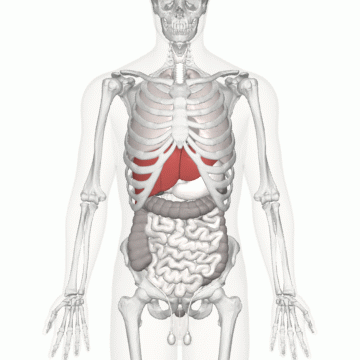The liver is the largest solid organ in the human body. It is also highly vascularized and, in an adult, contains approximately 1 pint of blood, or 13% of the whole body volume, at any given time. It is located adjacent to the stomach, with the gallbladder on its underside.
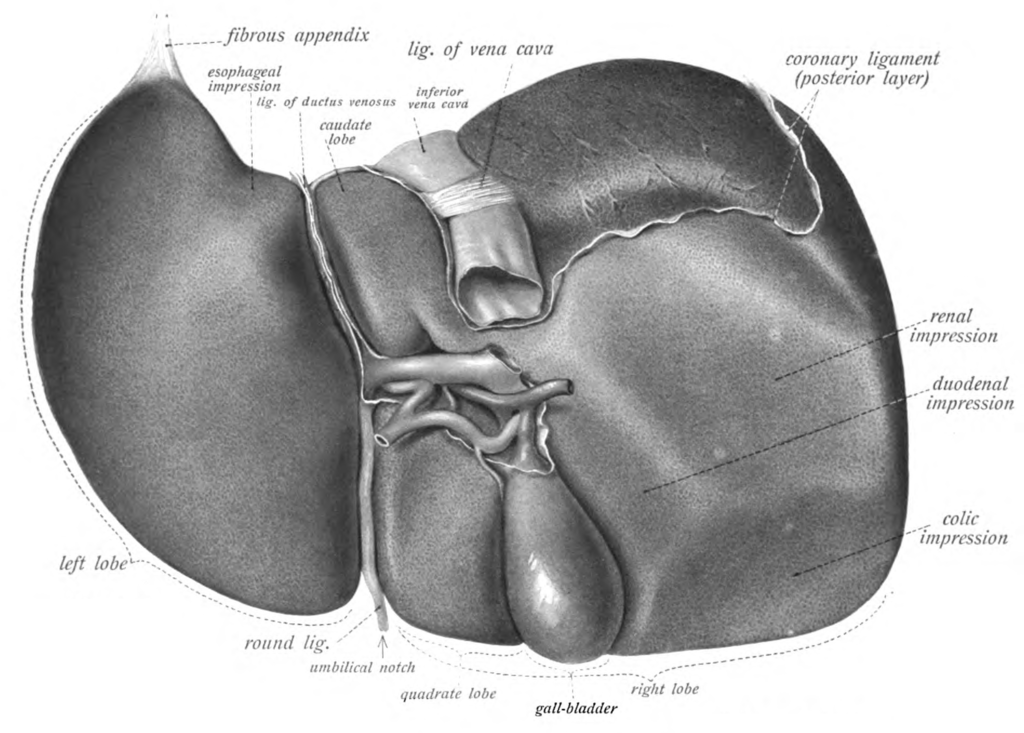
This organ has many roles in the human body, including:
- Metabolizing and regulating drugs and toxins.
- The production of bile for digestion.
- Producing certain blood proteins, including albumin, growth factors, and complement proteins.
- Converting excess glucose into glycogen for storage.
- Storing iron from hemoglobin processing.
- Storing lipid-soluble vitamins, including vitamin A.
Blood vessels and innervation
The blood vessels that serve the liver are the hepatic artery and the hepatic portal vein (to the liver) and the inferior vena cava (away from the liver).
The vagus nerve (cranial nerve X) exerts sympathetic control of the digestive tract, including the liver and ducts. The branch of the autonomic nervous system is the celiac ganglia.
Gross anatomy of the liver
The artery and hepatic duct pass through the hepatic hilum (i.e., center of the liver).
The liver is comprised of lobes – left and right from above visually, left, right, caudate, and quadrate from below visually. Based on the vascular supply, 8 lobes are recognized, called the Couinaud classification system.
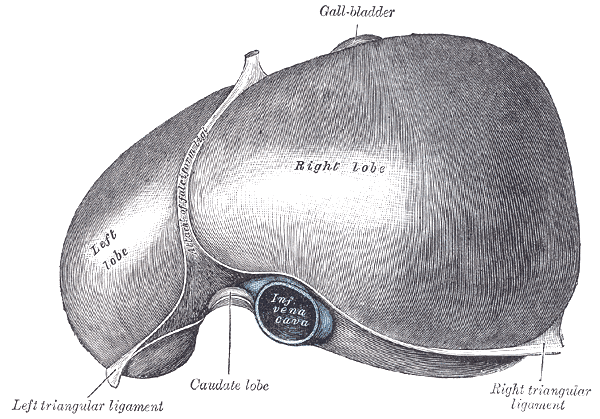
Impressions on the liver’s shape allow space for the adjacent organs to fit alongside it. In addition to the gallbladder, the right adrenal gland and kidney, duodenum, hepatic flexure of the colon, and the upper part of the stomach all fit up against the liver within the abdominal cavity.
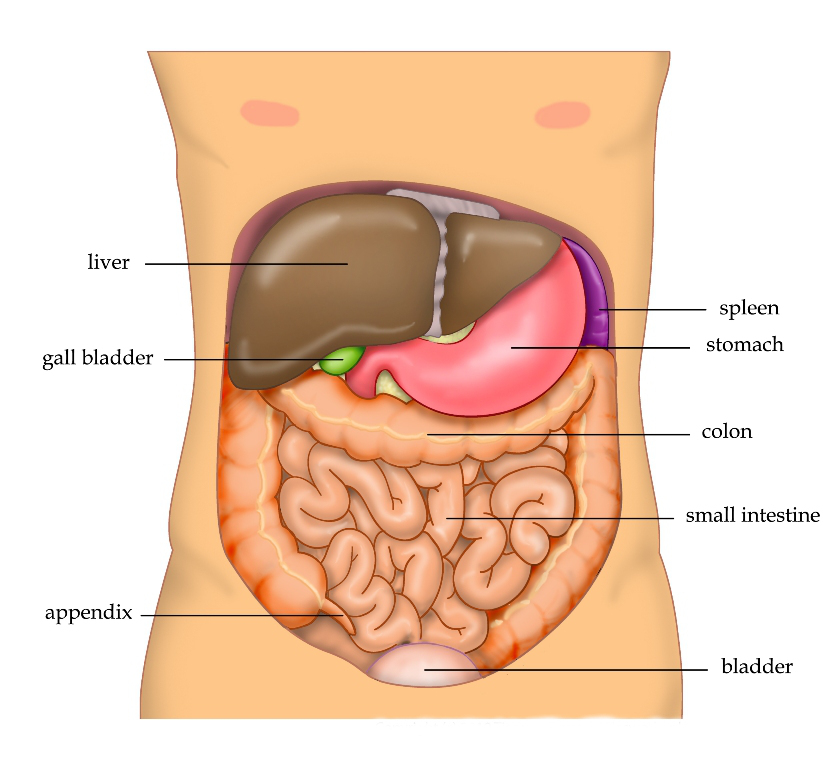
Bile production
The common hepatic duct is part of the biliary tree. Bile is produced in hepatocytes and then collect in grooves called bile canaliculi, which then merge into the bile ducts. At the transverse fissure, they meet and create the common hepatic duct, which joins the cystic duct from the gallbladder, creating the common bile duct. This empties into the duodenum.
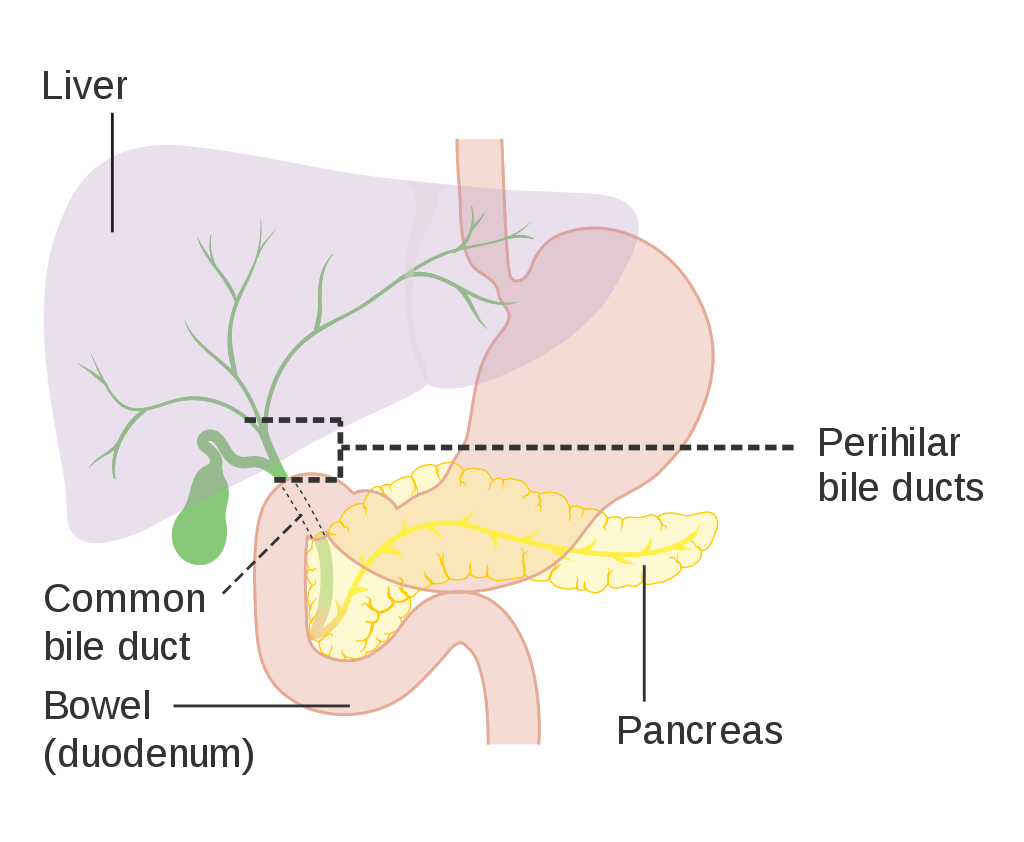
Disclaimer: This page is for informational and learning purposes only. It is not meant to diagnose or treat any medical condition and should not be used in place of speaking with a medical doctor or seeking treatment.
Aliconia Publishing, LLC and the author make any and all attempts to ensure the accuracy of the presented facts. If you find an issue with any information on these pages, please use the Contact page to alert us. The content is subject to change based on new information or to be updated with additional facts. The date of last change is stated under the main header.
Discover more from Just Facts
Subscribe to get the latest posts sent to your email.
